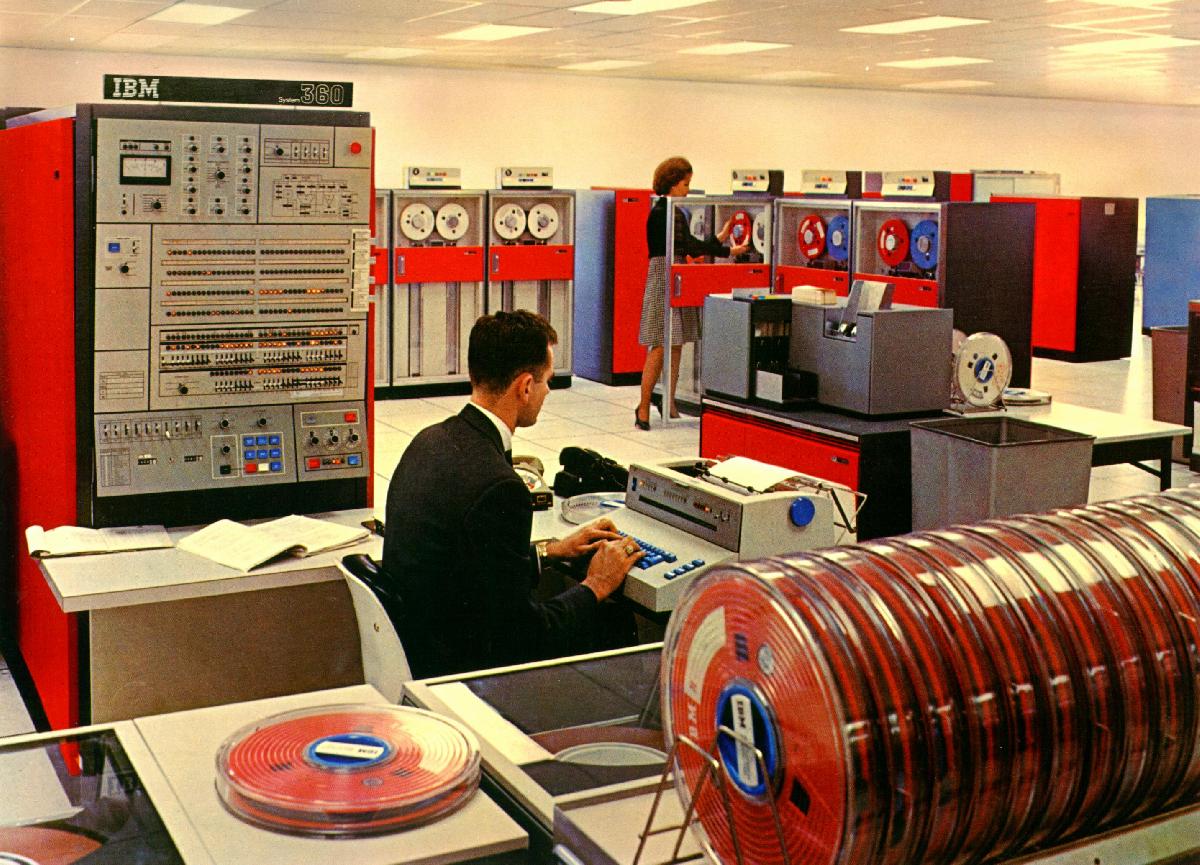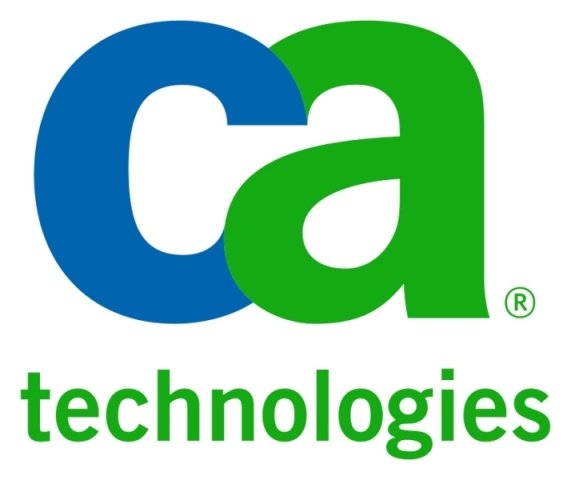 Computing has changed a lot in the last 50 years, but one 50-year-old technology remains significant. The durability of the mainframe illustrates the maxim that new technologies don’t usually replace old ones, but rather coexist alongside them. When the IBM System 360 debuted on April 7, 1964, it was, in effect, the first general-purpose computer of any type. We don’t call today’s app-laden smartphones mainframes as we use them for everything from texting to watching Netflix movies, but they are the descendants of the 360.
Computing has changed a lot in the last 50 years, but one 50-year-old technology remains significant. The durability of the mainframe illustrates the maxim that new technologies don’t usually replace old ones, but rather coexist alongside them. When the IBM System 360 debuted on April 7, 1964, it was, in effect, the first general-purpose computer of any type. We don’t call today’s app-laden smartphones mainframes as we use them for everything from texting to watching Netflix movies, but they are the descendants of the 360.
Meanwhile, real mainframes that use the basic architecture of the 360 are still essential in business. IBM’s current-generation zEnterprise systems have extraordinary capabilities, and can manage 1.1 million transactions per second. IBM overwhelmingly dominates today’s mainframe market and has continued to invest far more in the technology than the few other stragglers still making machines. It’s a far cry from the days around the 360’s debut, when IBM faced significant competition from the so-called BUNCH, which included Burroughs, UNIVAC, NCR, Control Data, and Honeywell.
 Techonomy’s partner CA Technologies has created a media series celebrating the general-purpose mainframe’s 50th anniversary. It includes a short video about the anniversary and the mainframe in the enterprise (with an appearance by yours truly). I also moderated an online discussion about how the mainframe relates to the coming Internet of Things and one this past week on the current explosion of mobile technology. I learned much in those rich conversations with eminent panelists from ADP, CA, Ericsson, and Virginia Tech about the many ways mainframes dovetail with modern technology trends.
Techonomy’s partner CA Technologies has created a media series celebrating the general-purpose mainframe’s 50th anniversary. It includes a short video about the anniversary and the mainframe in the enterprise (with an appearance by yours truly). I also moderated an online discussion about how the mainframe relates to the coming Internet of Things and one this past week on the current explosion of mobile technology. I learned much in those rich conversations with eminent panelists from ADP, CA, Ericsson, and Virginia Tech about the many ways mainframes dovetail with modern technology trends.
As the Internet of Things extends intelligence and connectivity to a vast array of objects and processes that surround us at home and at work, the mainframe will likely play a role in managing the resulting explosion of data, and help us find the hoped-for efficiencies. Cloud computing, where all sorts of processing takes place these days, employs both vast arrays of microprocessor-based servers as well as plenty of mainframes. As users, we don’t know the difference. But 92 of the world’s 100 largest banks use IBM’s System z mainframes, and by some estimates as much as 80 percent of corporate data is still handled by mainframes.
It’s impossible to predict much about where technology will take us next, except to say that we are headed into what will almost surely be the most exciting period of innovation in human history. Just about every field of human endeavor is in the process of being transformed, including healthcare, nutrition, education, transportation, energy, and government. But the so-called “big data” that will be indispensable to these transformations will in many cases be digested and understood using mainframes in the cloud. We will get access to insights from mainframes on our mobile devices. And our increasingly small, social world will, we hope, get a lot better.
![]()
Making Sense of the Mainframe, 50 Years Later
Computing has changed a lot in the last 50 years, but one 50-year-old technology remains significant. The durability of the mainframe illustrates the maxim that new technologies don't usually replace old ones, but rather coexist alongside them. When the IBM System 360 debuted on April 7, 1964, it was, in effect, the first general-purpose computer of any type. We don't call today's app-laden smartphones mainframes as we use them for everything from texting to watching Netflix movies, but they are the descendants of the 360. Meanwhile, real mainframes that use the basic architecture of the 360 are still essential in business. IBM's current-generation zEnterprise systems have extraordinary capabilities, and can manage 1.1 million transactions per second.















